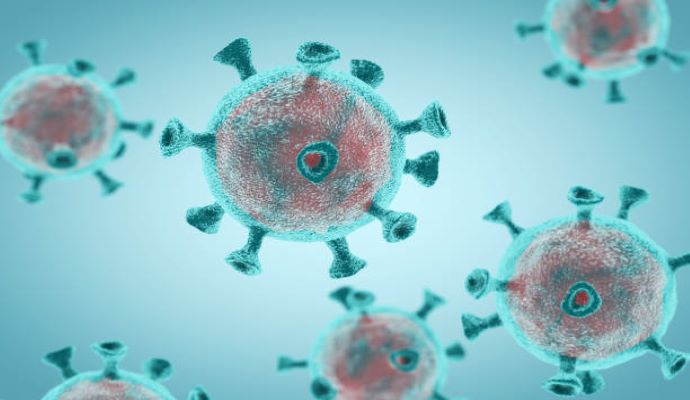Over 95% of People in the United States Have SARS-CoV-2 Antibodies
Data published by the CDC revealed that over 95% of people who donated blood between April 2021 and September 2022 have SARS-CoV-2 antibodies.

Source: Getty Images
- A CDC Morbidity and Mortality Weekly Report (MMWR) evaluating antibodies among blood donors in the United States revealed that over 95% of people over 16 who donated blood between April 2021 and September 2022 have SARS-CoV-2 antibodies.
The study evaluated the prevalence of antibodies from infection, vaccination, or a hybrid of the two, finding that the proportion of patients with hybrid immunity was nearly double infection and vaccination rates. These statistics are promising, as data has shown that hybrid immunity offers better protection than the other types of immunity.
The CDC collected data from a cohort of blood donors who were 16 or older. Early on in the evaluation, the antibody prevalence was lower. Between April 2021 and June 2021, only 68.4% of blood donors had SARS-CoV-2 antibodies. A minute number of those patients had hybrid-induced SARS-CoV-2 antibodies, at 8.9%. Meanwhile, the rates of vaccine antibodies and infection antibodies were significantly higher at 47.5% and 12.0%, respectively.
By late 2022, between July and September, SARS-CoV-2 antibody prevalence had risen to 96.4% among blood donors 16 years old or older. According to the data, 47.4% of those patients had hybrid immunity. While that rate did not change significantly, vaccine-induced and infection-induced SARS-CoV-2 antibody prevalence rates increased to 26.1% and 22.6%, respectively.
Deeper insight showed that high-risk populations had some of the lowest rates of hybrid immunity, with only 36.9% of patients 65 and older having hybrid-induced SARS-CoV-2 antibodies. Comparatively, donors between 16 and 29 had a 59.6% prevalence of hybrid immunity.
While the low rates of infection and hybrid immunity among high-risk groups are a testament to the efficacy of public health protocols for preventing disease among high-risk populations, it also suggests that these groups must remain current on their vaccinations to avoid more severe infections.
“Compared with vaccine effectiveness against any infection and against severe disease or hospitalization, the effectiveness of hybrid immunity against these outcomes has been shown to be higher and wane more slowly. This increase in seroprevalence, including hybrid immunity, is likely contributing to lower rates of severe disease and death from COVID-19 in 2022 and 2023 than during the early pandemic,” concluded the report.
